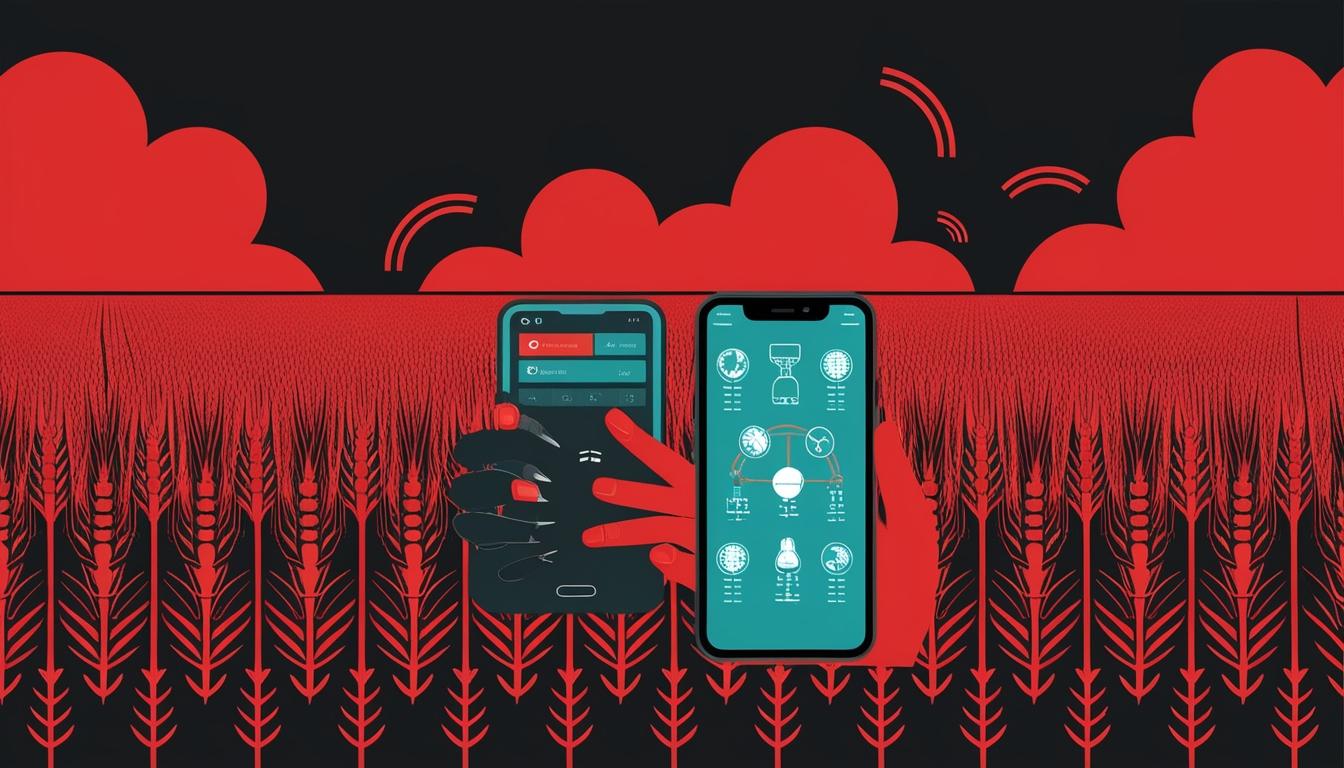The agricultural sector remains a cornerstone of economic activity and employment opportunities in countries like Pakistan, where wheat is a leading crop. However, the field faces considerable challenges, particularly concerning the identification of diseases that threaten production yields. Recent research published in PLOS ONE outlines an innovative approach to enhance disease detection among wheat crops using advanced machine learning techniques.
Globally, wheat is the most cultivated crop, making its production critical for food security and economic stability. In Pakistan, the agriculture sector is a key contributor to the nation's gross domestic product (GDP) and supports a significant portion of the population. The FAO highlights Pakistan's historical status as a major wheat producer, with the country providing favourable climatic conditions and soil for cultivation. Yet, reports indicate a troubling decline in wheat production, exacerbated by outdated agricultural practices and an insufficient emphasis on technology.
The study, conducted by a team of researchers—including Niaz, Ashraf, and Mahmood—proposes a smartphone application designed specifically for the accurate diagnosis of wheat diseases. The application harnesses sophisticated machine learning techniques such as Decision Trees (DT), Random Forest (RF), Support Vector Machines (SVM), and AdaBoost, refined through feature extraction methods like Count Vectorization (CV) and Term Frequency-Inverse Document Frequency (TF-IDF). Demonstrating a remarkable accuracy of up to 99% across 14 prevalent wheat diseases, these techniques surpass traditional diagnosis methodologies, which have reportedly led to significant yield losses.
The researchers underline the pressing need for timely detection in the face of various wheat diseases, which can lower annual production by as much as 20%. The authors observe that diagnosing crop diseases in rural Pakistan often relies on manual inspection or agricultural experts—a process that is both time-consuming and labour-intensive. Such inefficiencies are a direct contributor to reduced productivity in the sector.
The application not only functions as a decision-making engine for disease detection but also provides management recommendations. It is particularly noteworthy that the development of this system is aligned with modern advancements in artificial intelligence and computer vision, which facilitate more sophisticated interaction between farmers and technology. Such integration is crucial for addressing the gap in timely and reliable detection methods within agricultural practices.
Furthermore, the team's study indicates that their application is poised for real-world deployment, with a focus on scalability to include a broader range of crops and diseases. This approach not only aims for substantial improvements in cotton and rice disease detection but also targets the overall enhancement of agricultural practices in Pakistan and potentially beyond.
The conclusion drawn from this research is clear: effective and timely disease detection powered by advanced technology could transform wheat production in Pakistan, ultimately aiding farmers in improving crop management and enhancing productivity. The implications of such advancements extend to global food security, exemplifying the potential role of machine learning in addressing significant agricultural challenges.
Source: Noah Wire Services
